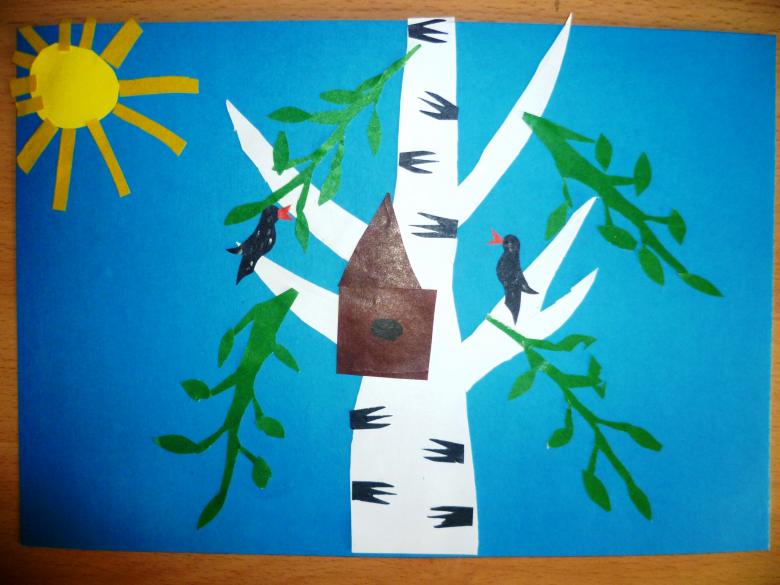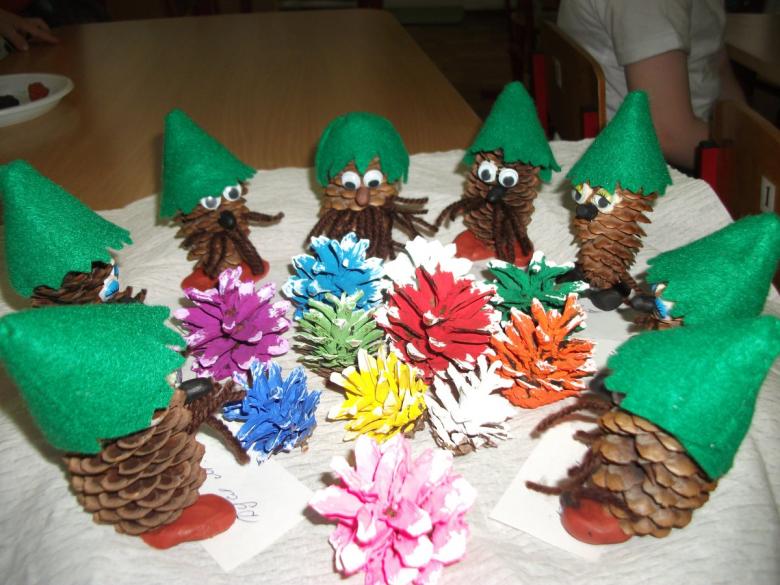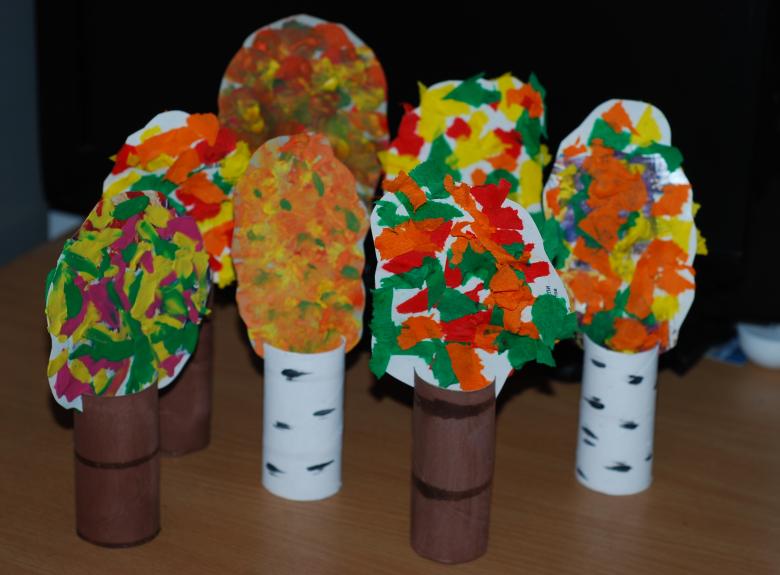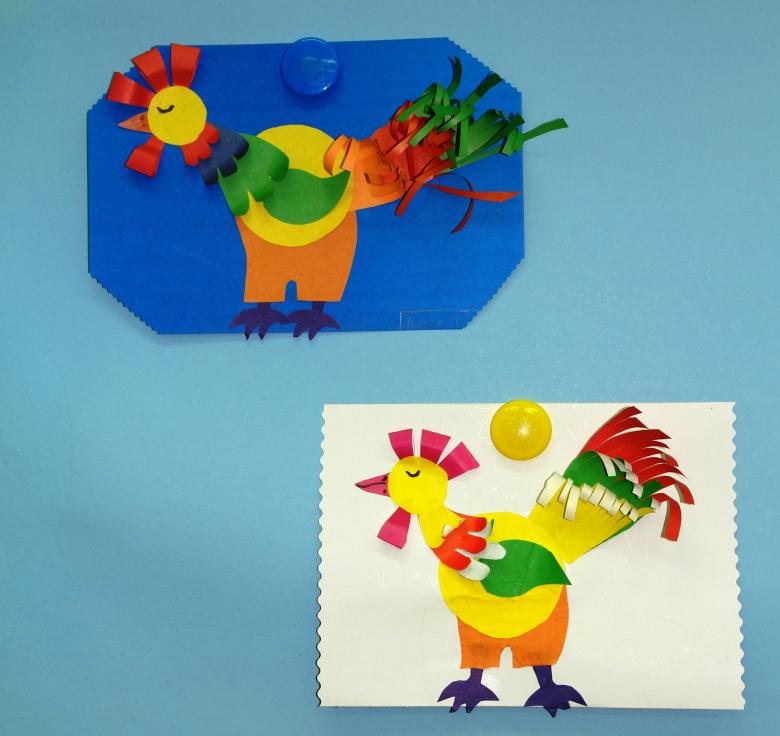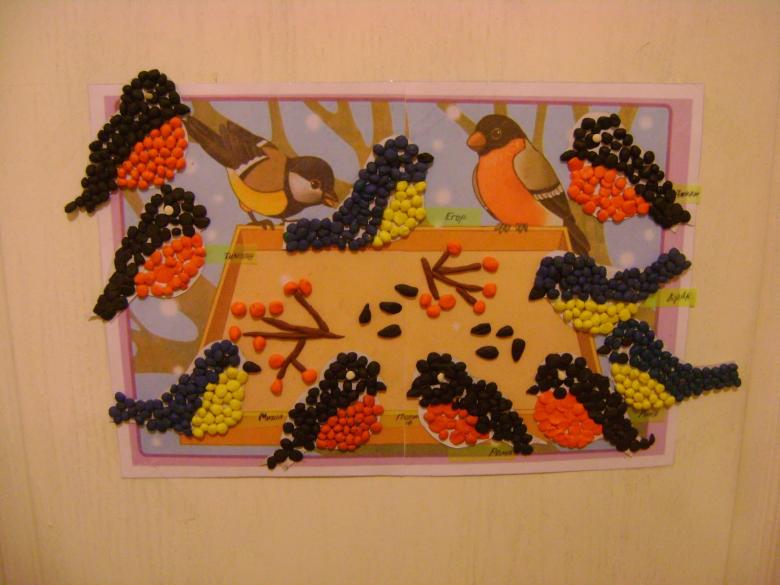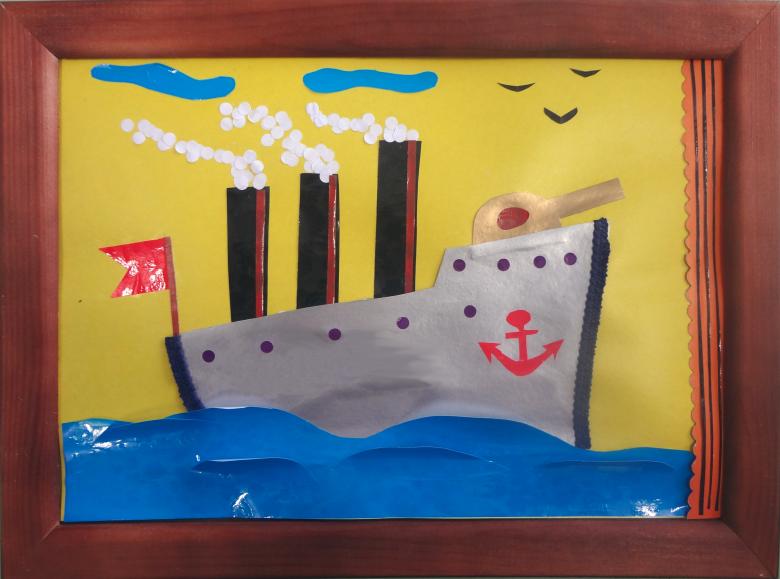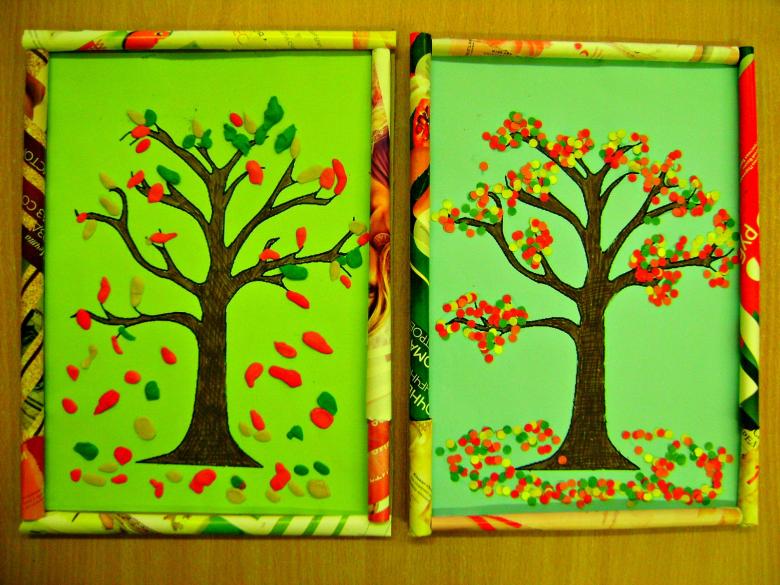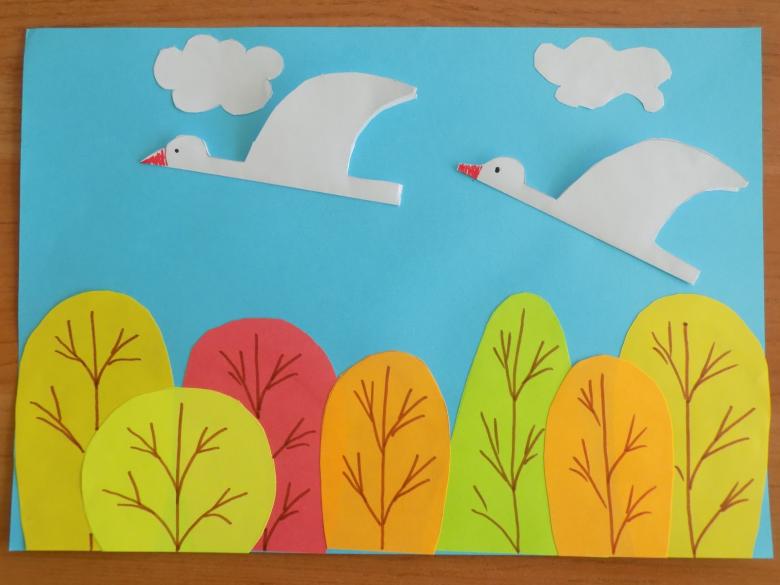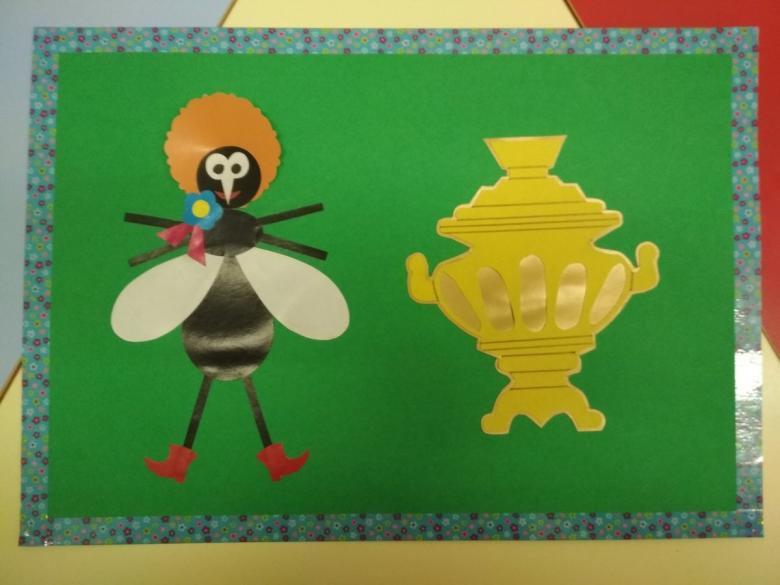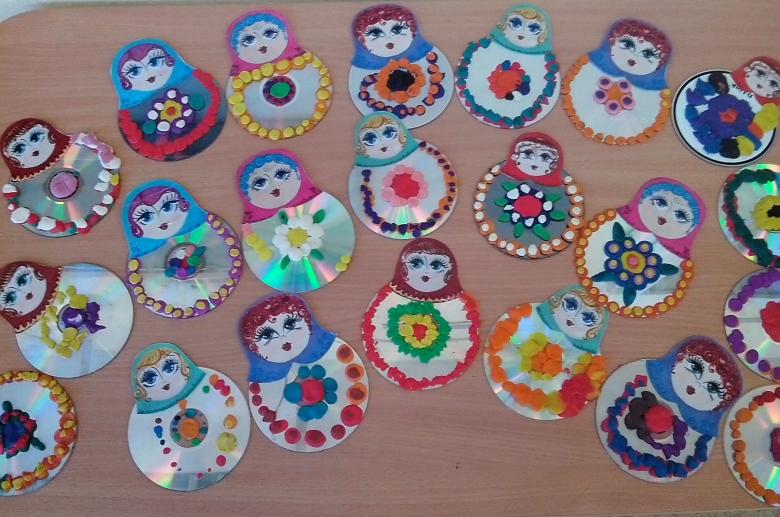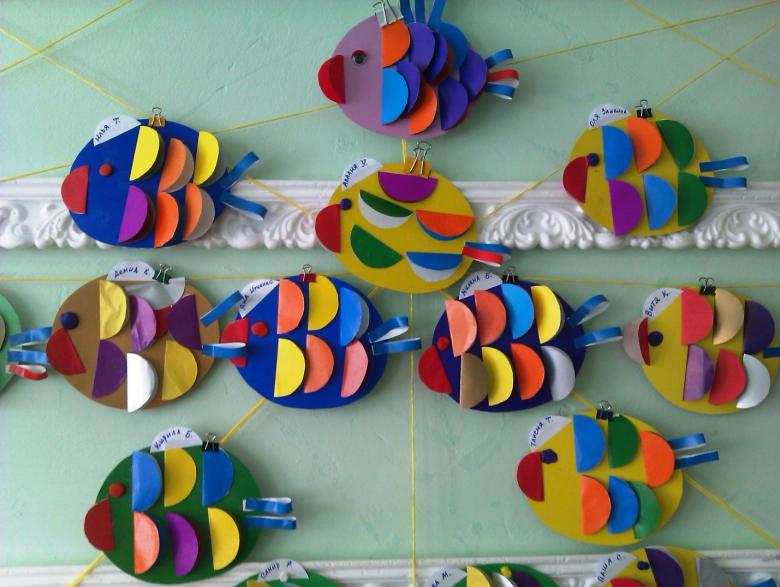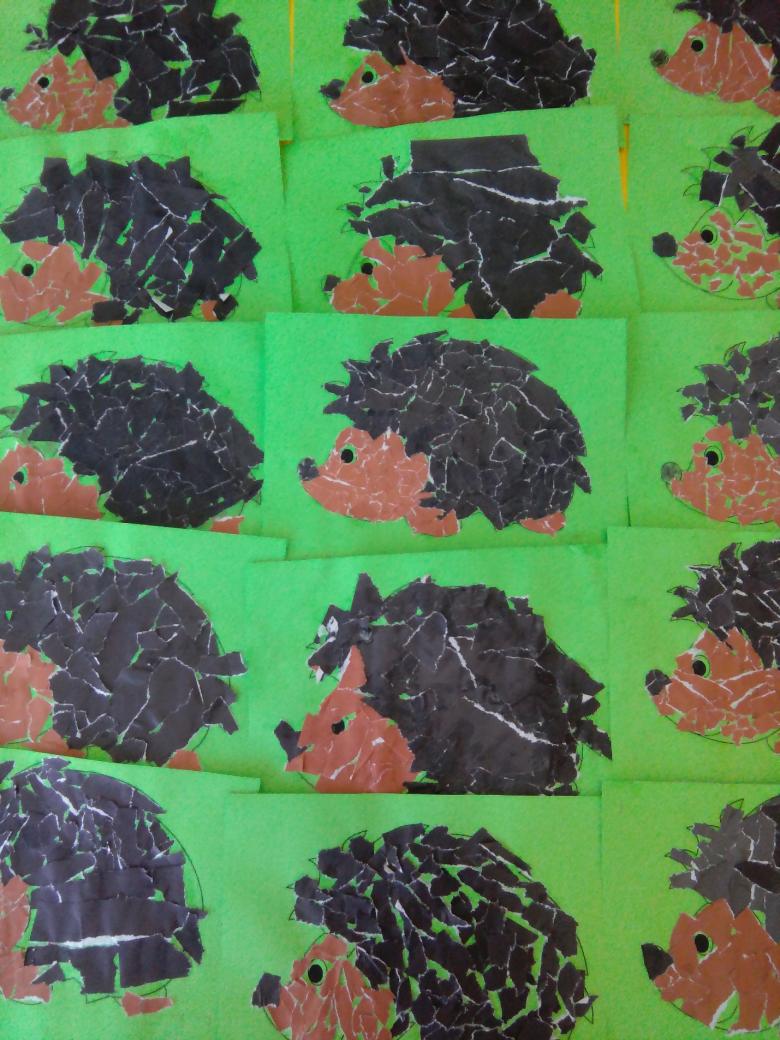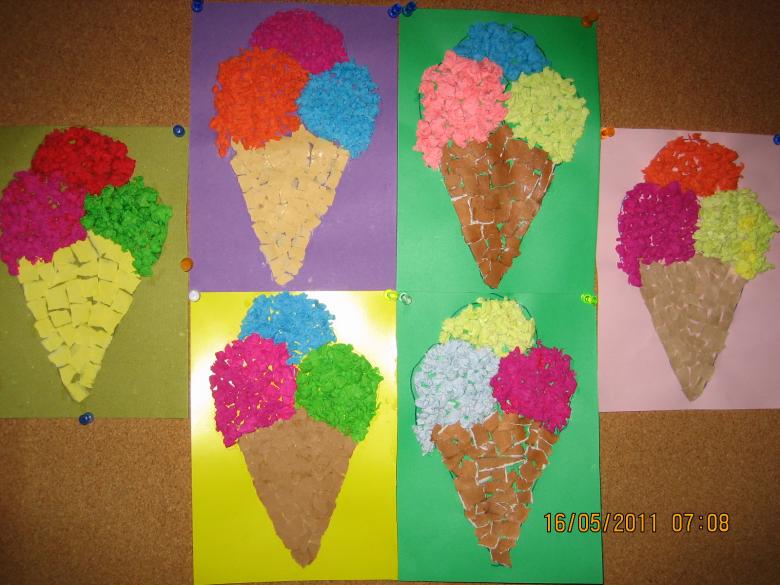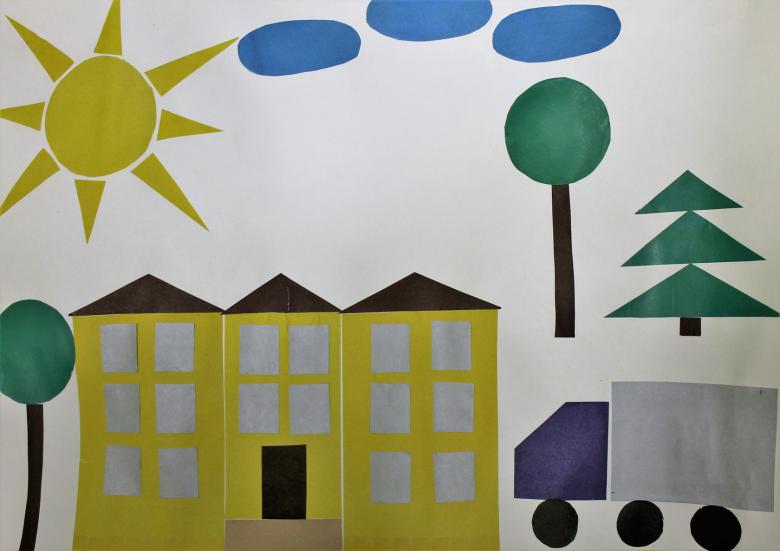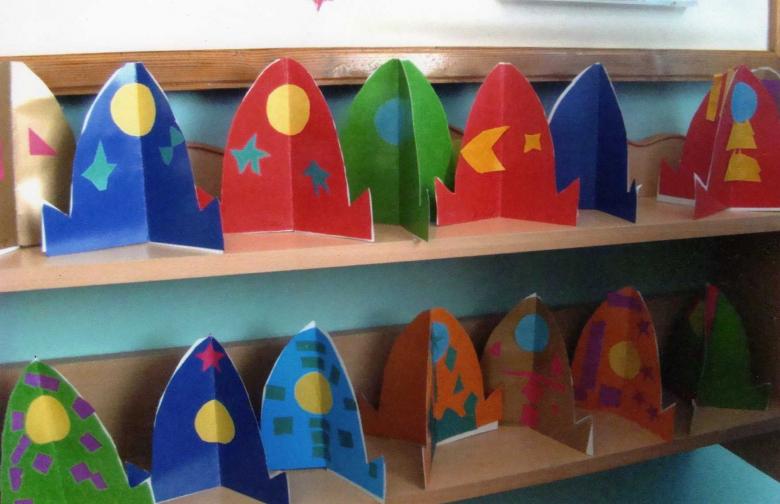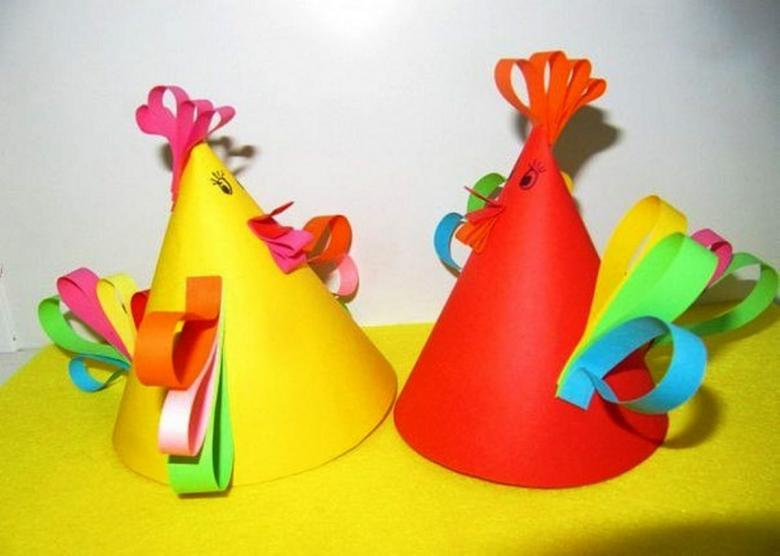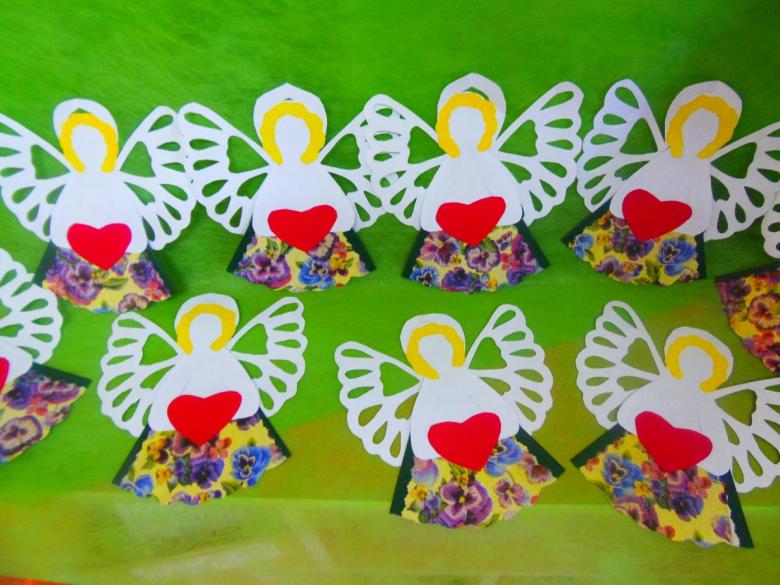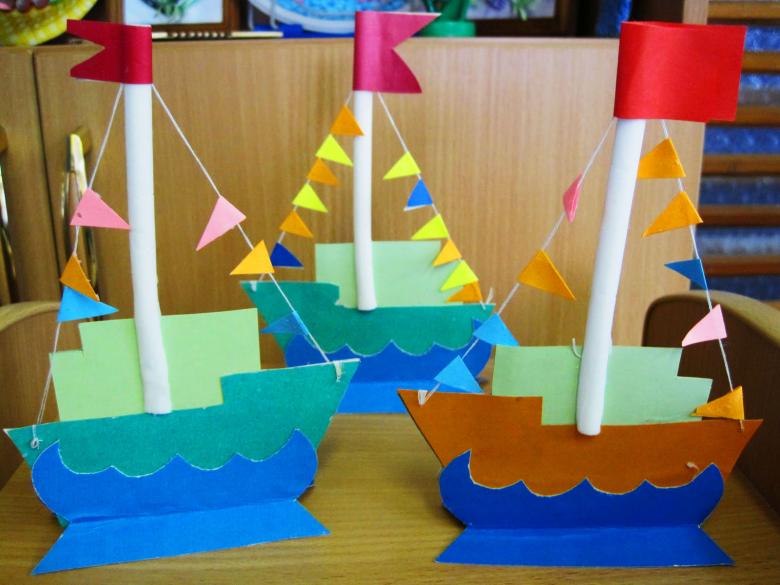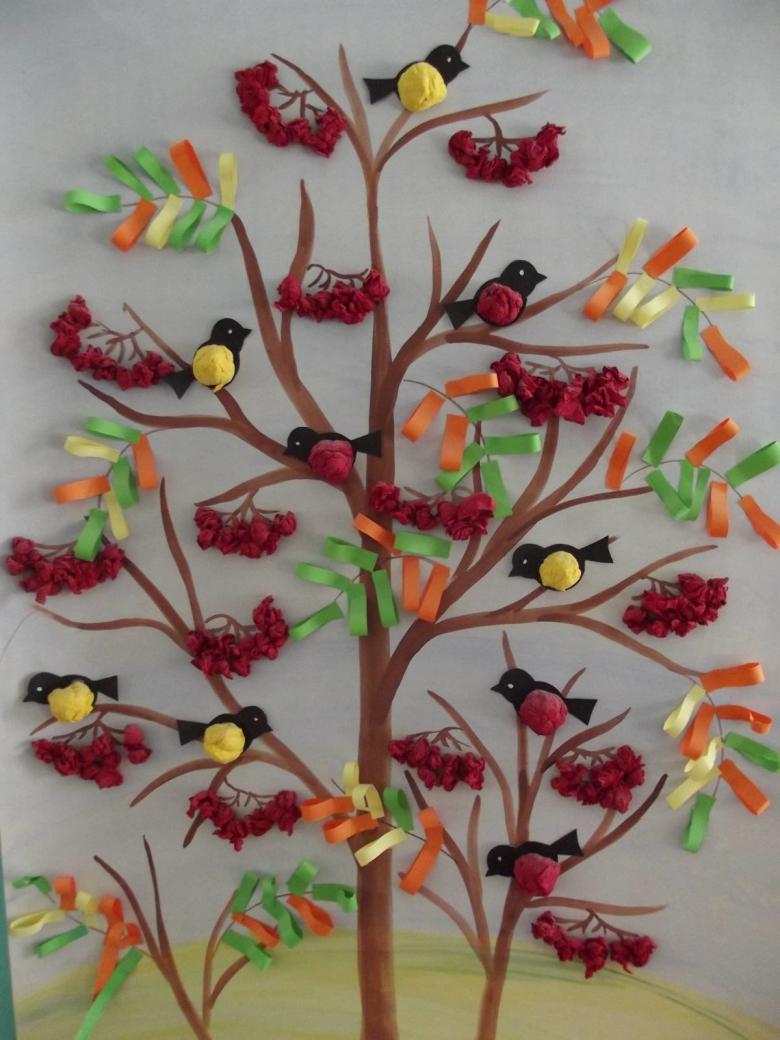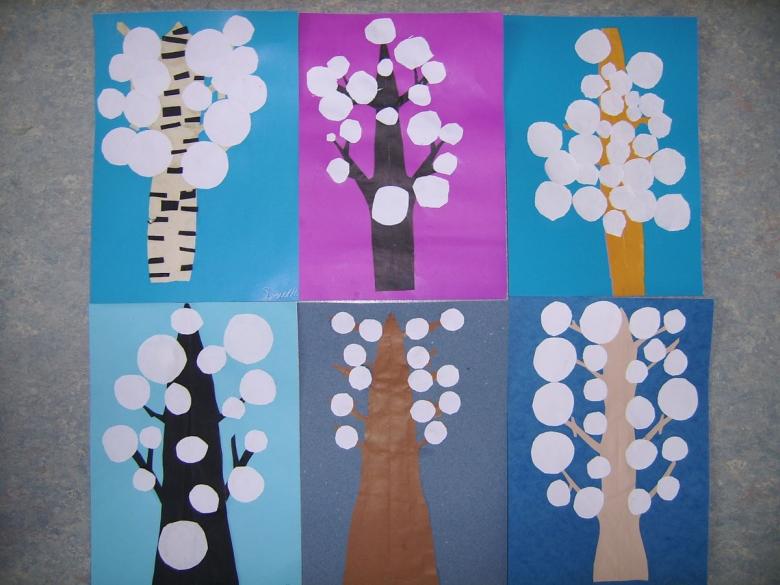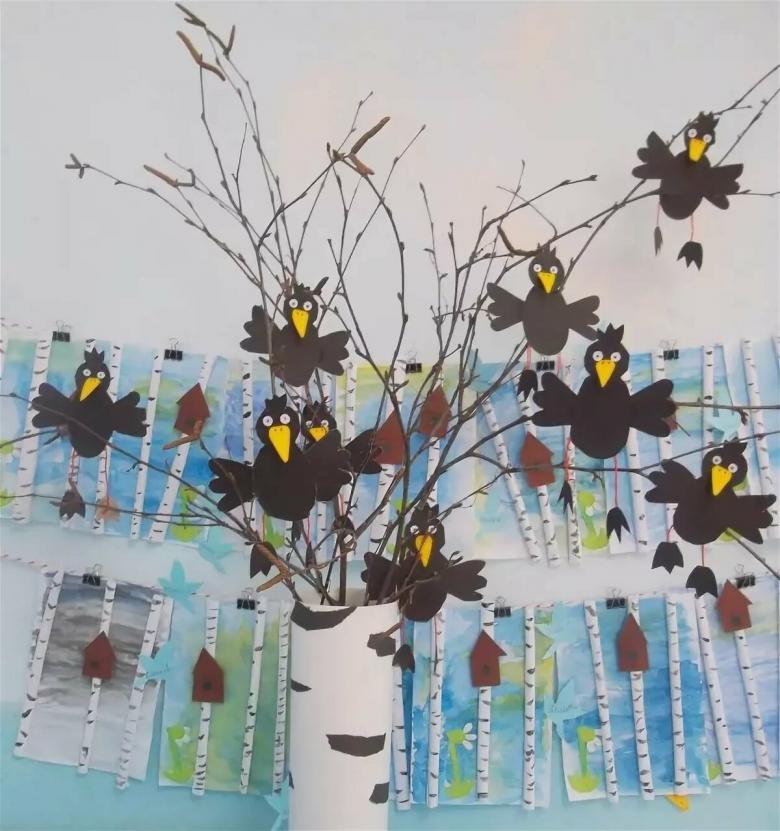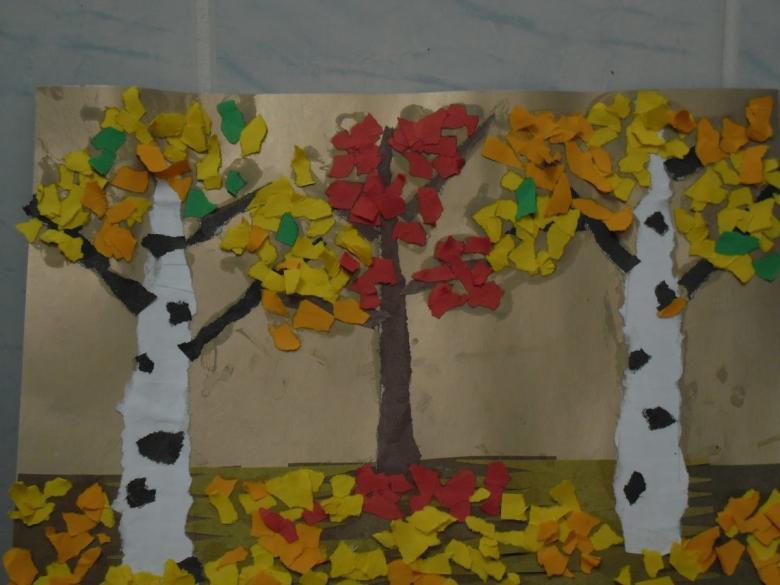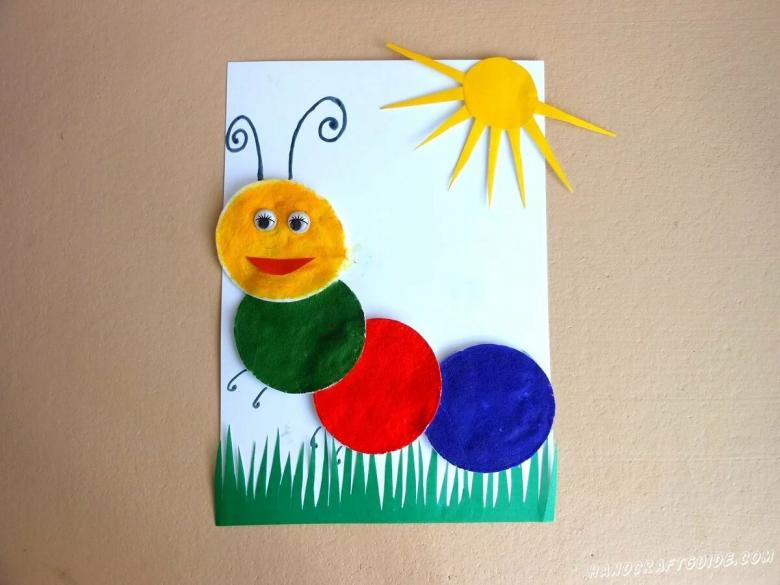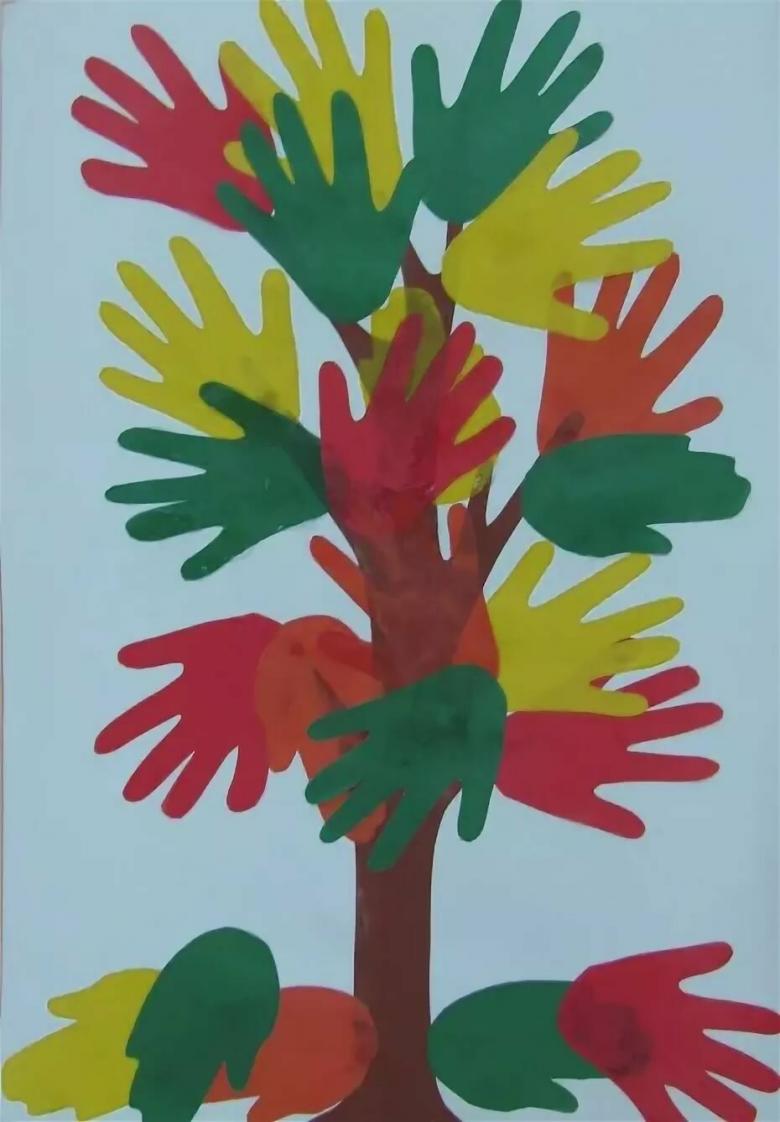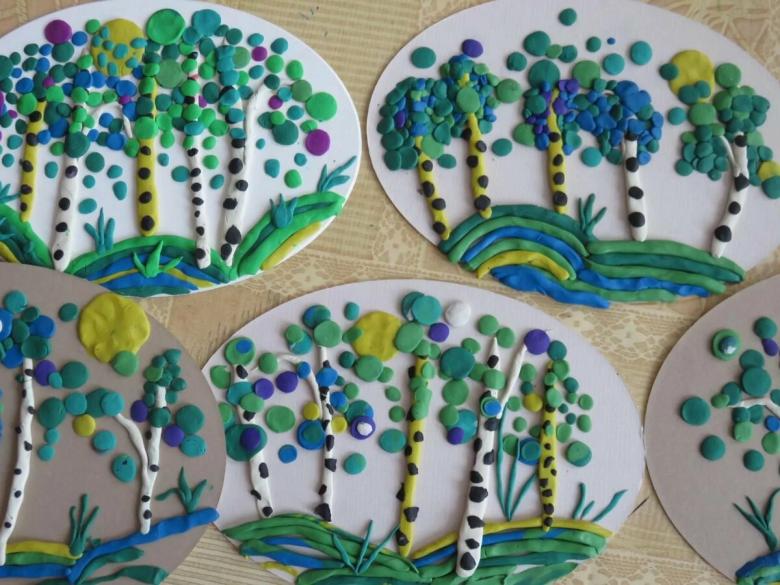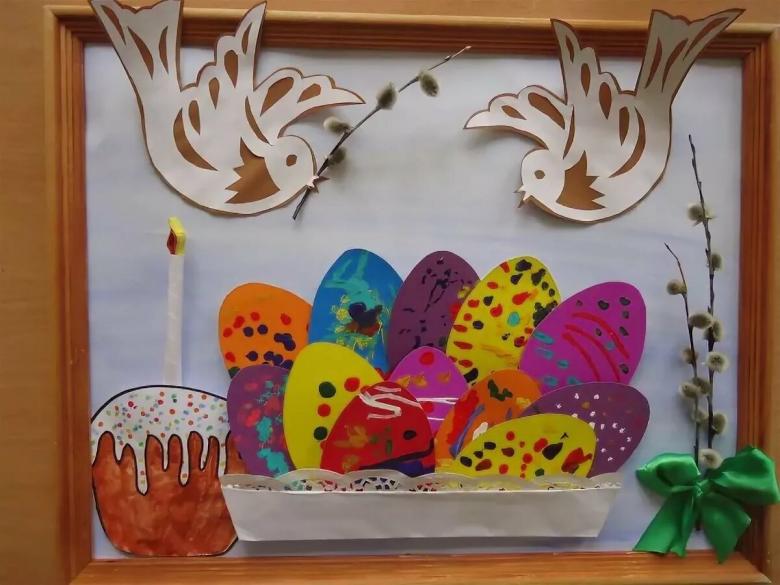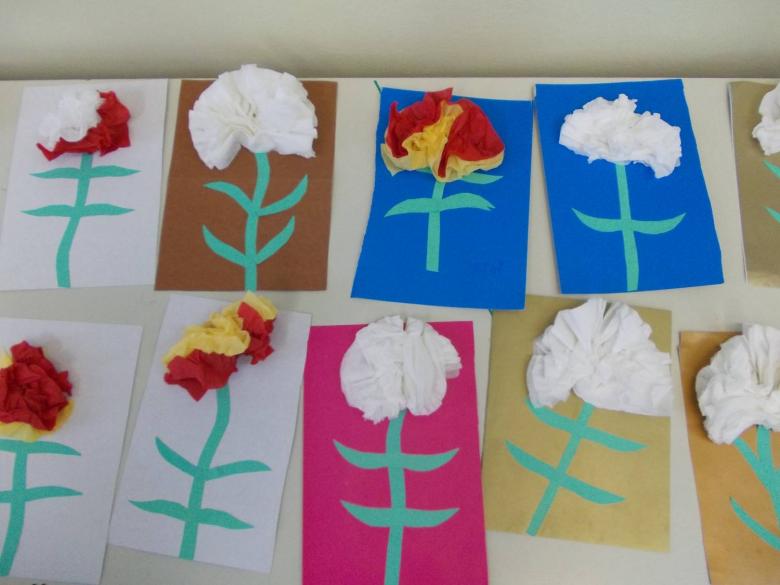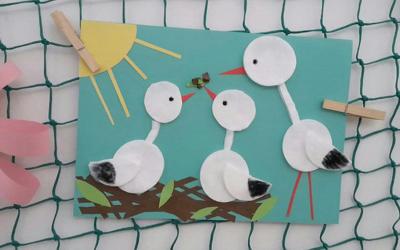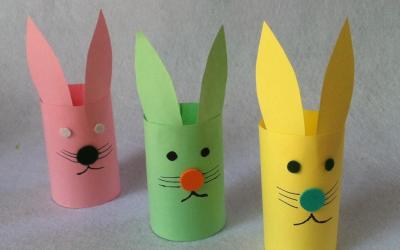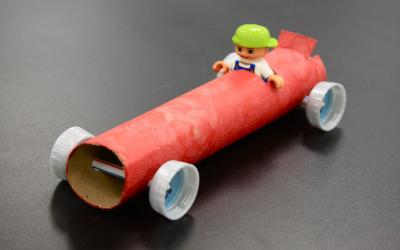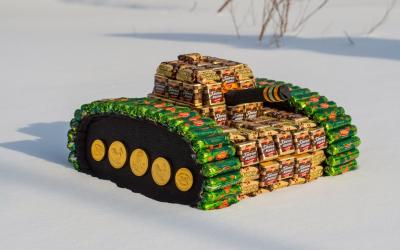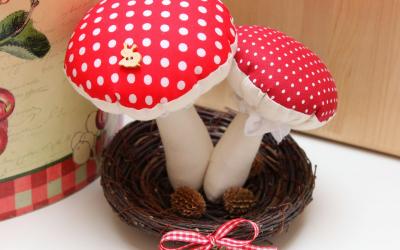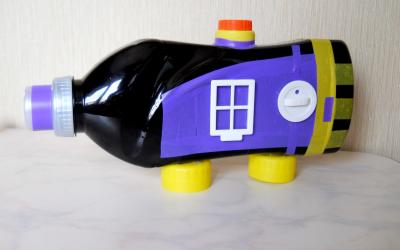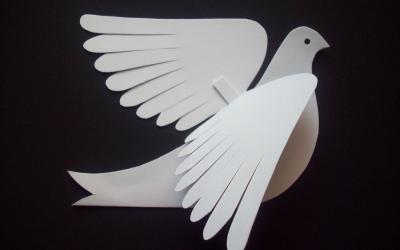Handicrafts in the kindergarten preparatory group - Features of work with paper, plasticine, natural materials
Creative work with a group of children 5-6 years is aimed at developing new skills and consolidation of old. Handicrafts in the kindergarten preparatory group for these purposes are suited as best as possible. During the performance of tasks, kindergarteners learn all the stages of planning their project, learn how to select the material and work with it.
The practical use of the implementation of handicrafts
Creative projects, which are implemented in older and preschool groups during classes or independently at home, allow children not only to acquire new skills, but also to reinforce previously acquired skills. This approach makes the adaptation period at school easier. During the lessons they develop:
- memory;
- attention;
- patience;
- diligence;
- diligence.
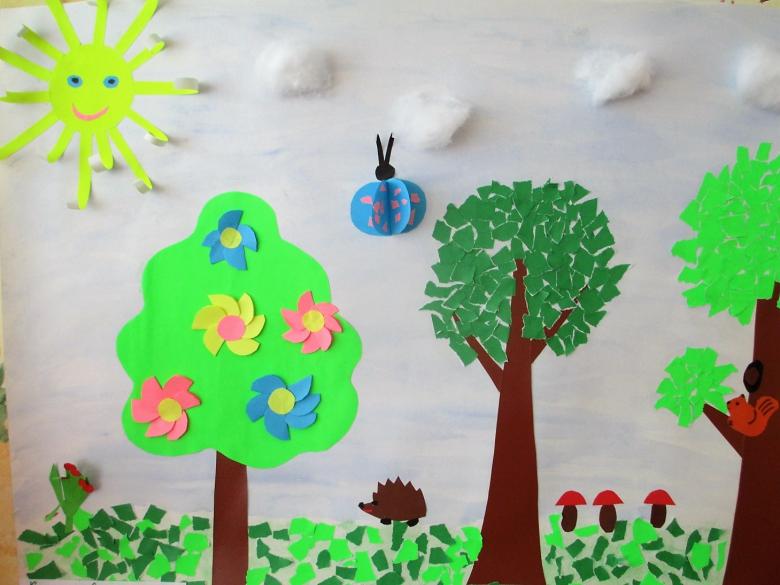
Teachers use a variety of materials in project activities to achieve their goals. These are:
- work with paper;
- natural materials;
- plasticine;
- cotton, plastic.
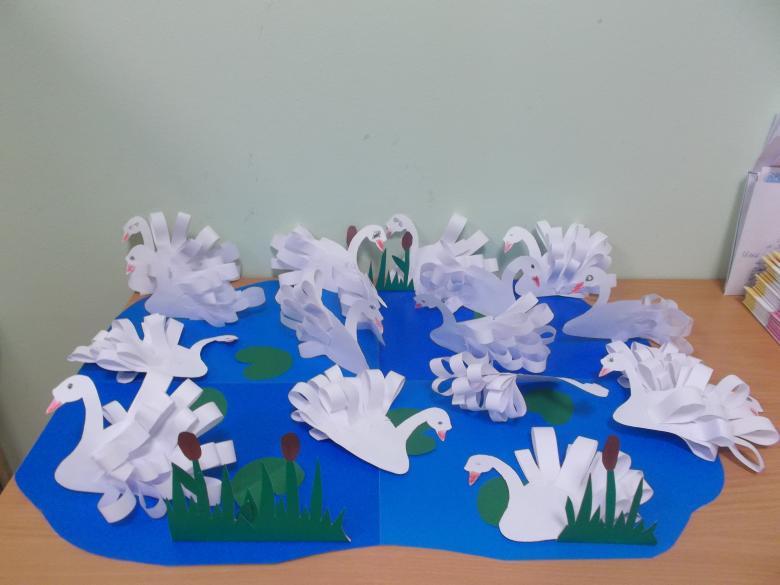
The crafts are made on different subjects. Teachers try to unite the children's team, teaching to work as a team and individually, organizing exhibitions of works made together with parents.
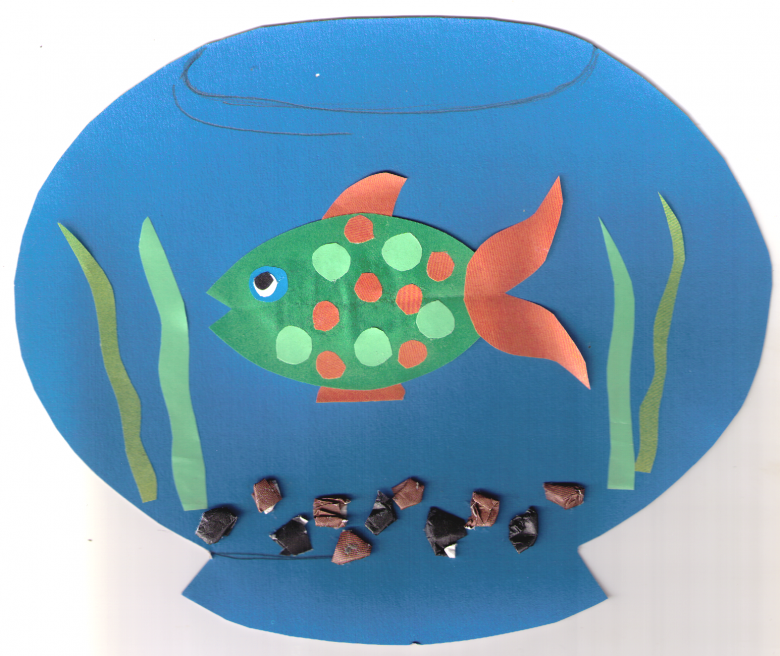
Working with paper
The last year of kindergarten is the most difficult. The tasks of educators are not only to conduct educational classes, but also to thoroughly prepare the children for school. The basis of lessons is the scheme - from simple to complex.
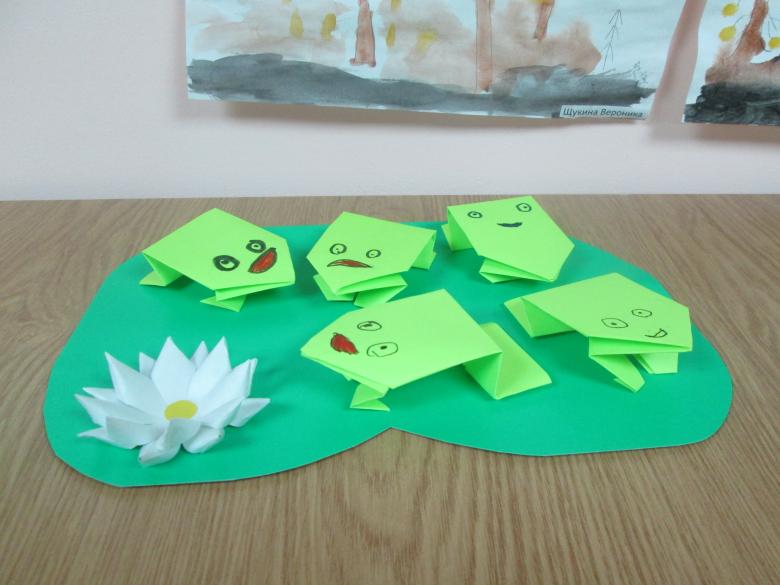
A large field for the development of kindergarteners is provided by such materials as paper. During the work learn drawing skills, drawing, cutting out shapes. Teachers suggest making autumn crafts, winter patterns (snowflakes), spring applications. In this course, such objects as a pencil, scissors, eraser and ruler are used.
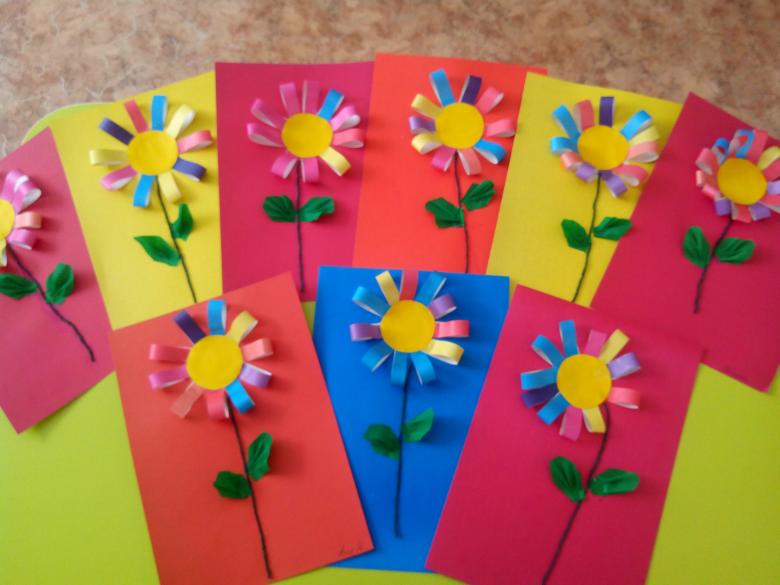
During the implementation of each stage of a creative project, the child learns:
- assiduity;
- concentration on a concrete activity;
- body control.
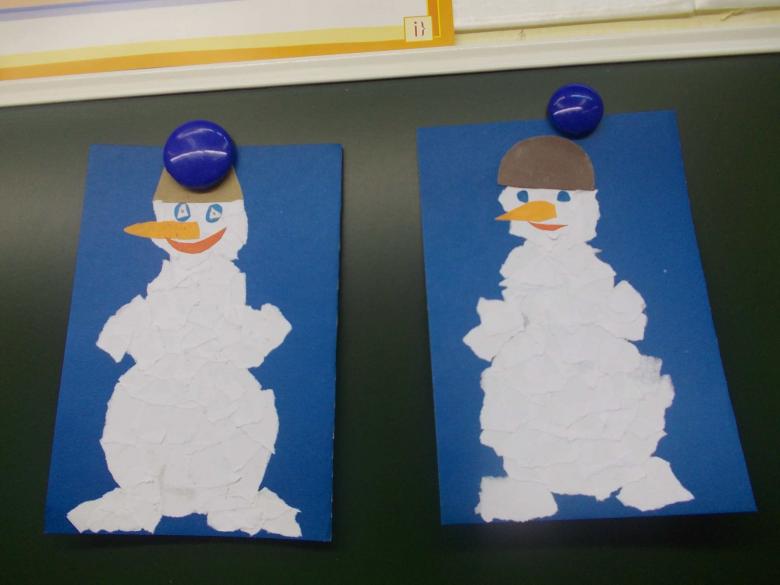
In just a few sessions, kids master the skills of gluing, coloring and cutting. Paper crafts are so diverse and beautiful that they can be brought to life all the time. These figures of animals, flowers, performed in the art of origami. You can make a unique applique with elements of drawing techniques under the guidance of an educator.

Plasticine
Joint creativity of a parent and kindergartener has healing potential. In addition to the fact that the work brings people closer together, it also allows:
- to forget about problems and troubles;
- cope with a stressful situation;
- to restore the emotional state;
- express feelings, experiences in the project.
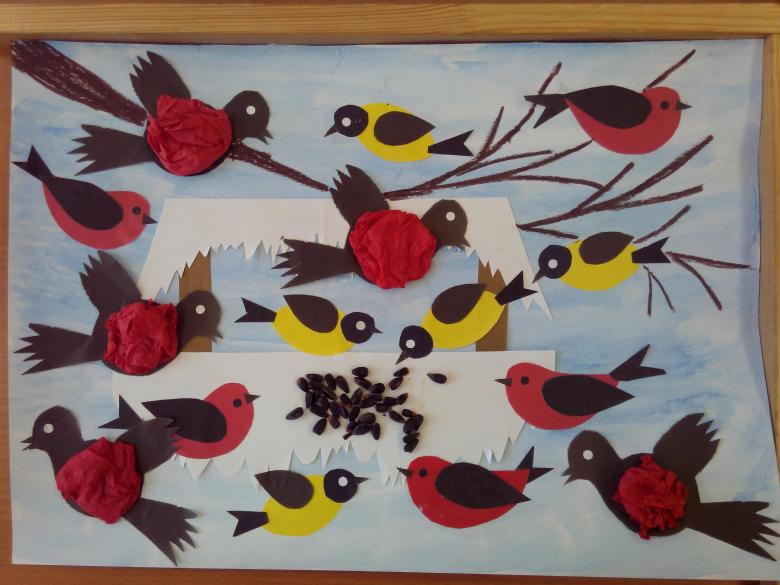
In addition, working with clay allows both adults and children to develop three-dimensional thinking. After all, you not only have to come up with an idea, but also bring it to life. It is important that the child is actively involved in the creative process. After all, working with clay develops:
- fingers;
- brain;
- memory;
- curiosity.
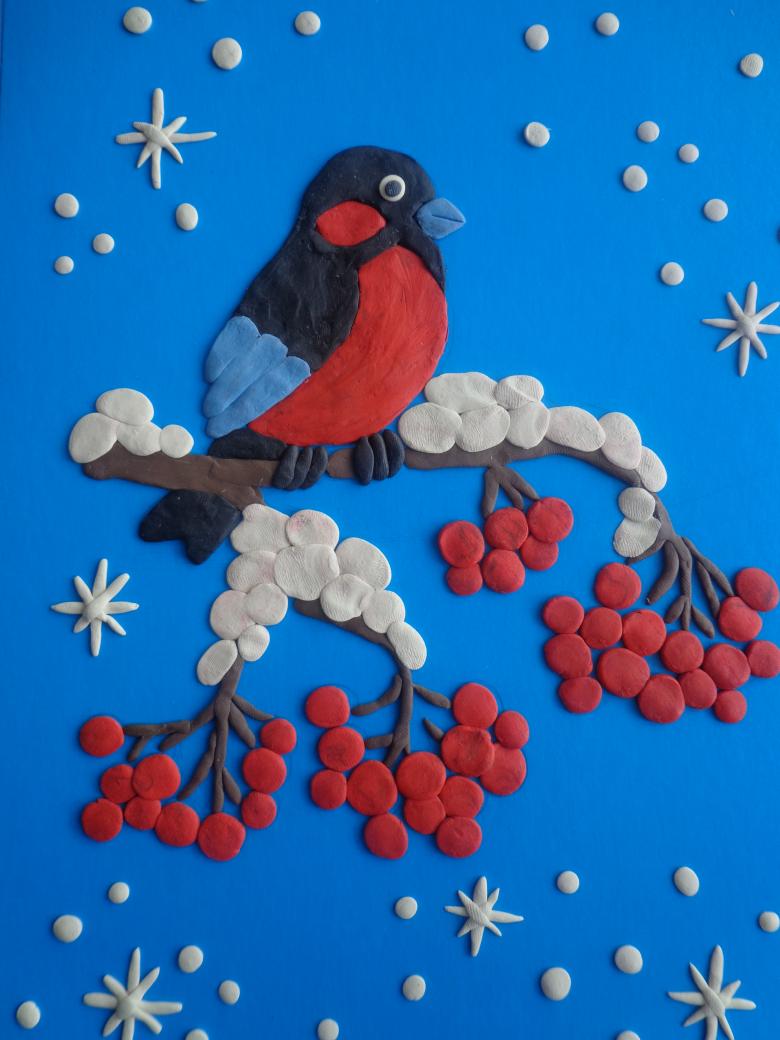
There are also combined handicrafts, which are made from several materials in one work. These can be paper figures with elements of plasticine or fairy tale characters made of natural material and plasticine. Such works are attractive, unusual and beautiful. Thanks to them be able to expand the horizons, develop imagination child.
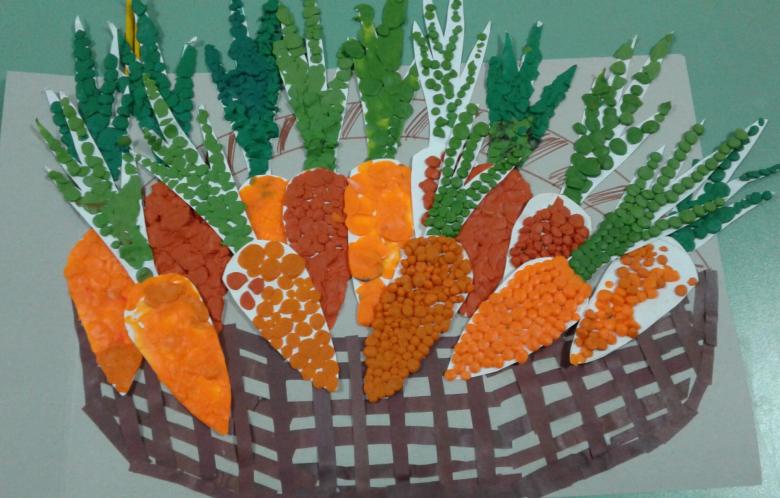
Such activities allow you to teach preschoolers to think outside the box. In this case, choose the most effective solutions in a particular situation.

The process of molding takes time, but it is carried out with benefit. It is believed that this activity is fundamentally important in the learning and education of preschool children. After all, during the exercise, the future schoolboy must present a full 3D model, feel the structure of the material and change the shape as it is presented in fantasy.
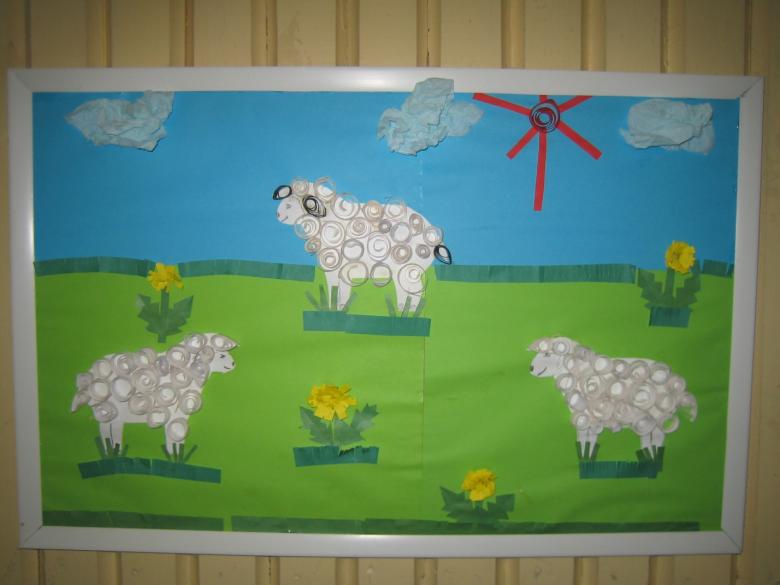
Thanks to such master classes the creation of a craft on a certain topic allows:
- to develop a creative approach to the task at hand;
- show personal, individual attitude to a particular object of plasticine modeling;
- to learn how to organize the process of work on a given topic, for example, a picture of late autumn;
- the work of such a plan teaches independence (because during its implementation the future junior school student determines the overall task, sets goals, breaks down the entire work step by step, and completes the project);
- learns to adjust elements;
- The implementation of the plasticine modeling technique is an opportunity to develop fine motor skills.
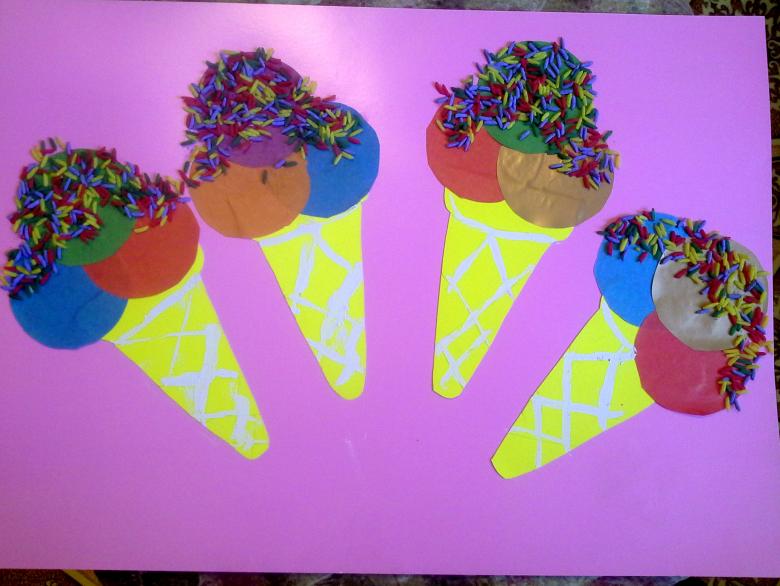
Homemade plasticine crafts should be done together - parents and children. After all, such creativity is designed to calm down, to develop the skill of assiduity. If such an activity in the evening hours, such a pastime will normalize sleep and reduce activity in the preschooler.

If the ideas do not come to mind, or there is little time for parents to work together, you can choose to work from the photo - they are on the Internet a lot of presented. In the search query you specify the theme. This will allow you to limit the selection from the main mass and pick up really interesting ideas for the project.
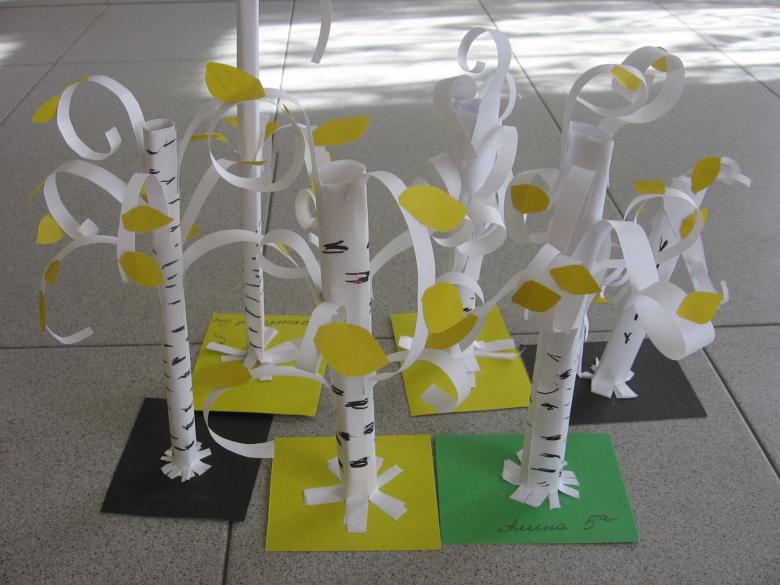
Natural material crafts
During the school year, preschoolers learn not only about materials and their structure, but also about the world around them. Unusual, beautiful and amazing are those projects that involve natural components.
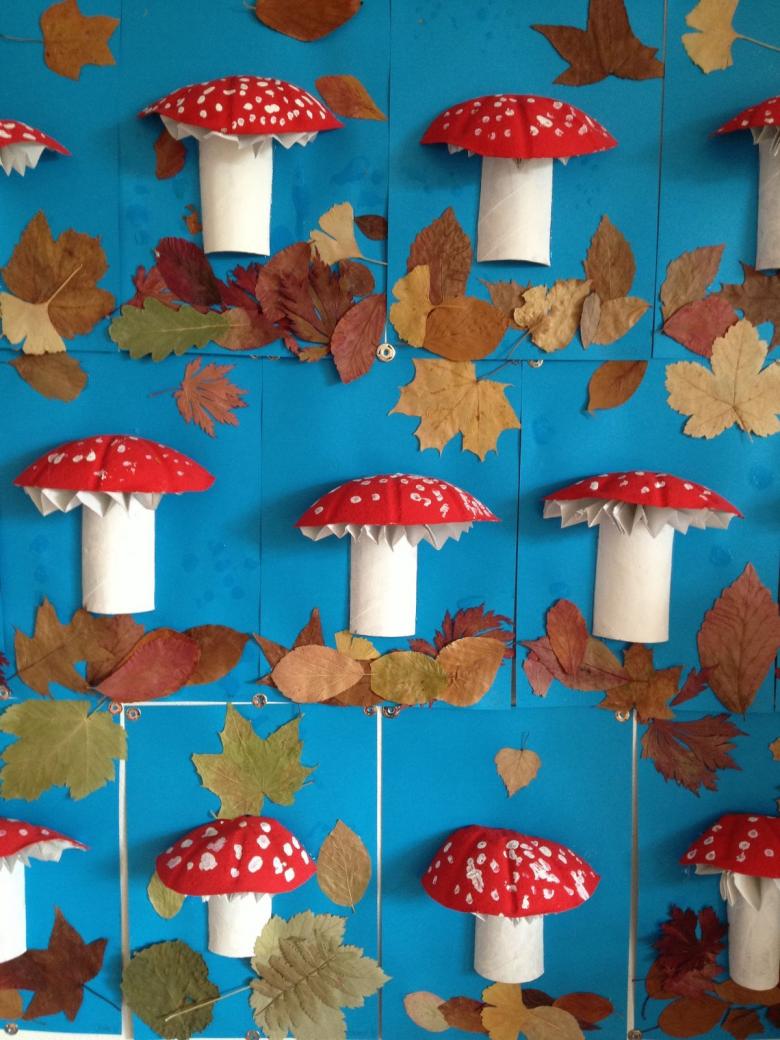
At the same time, working with such natural materials, children develop:
- fine motor skills;
- spatial thinking;
- creative abilities;
- eye-handicap;
- imagination.
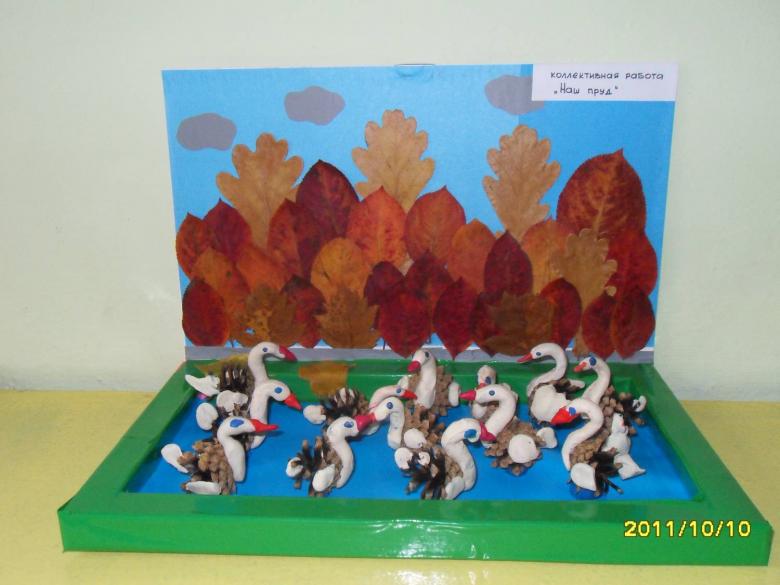
In the process of work future schoolchildren learn to find beauty in the world around them. In addition, when working with materials of natural type, children learn the basics of modeling the holistic image of the hero.
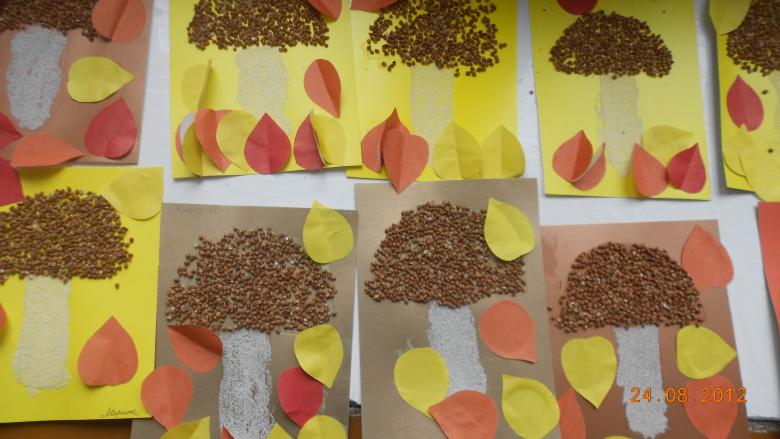
Plastic as a basis for creativity
Such a modern and simple material like plastic can also be used in crafts. Spoons, plates, forks, and other objects can be used. It's worth looking around to see new things in familiar things. You would think, what could a plastic plate be used for? But this is a great base for a new picture.
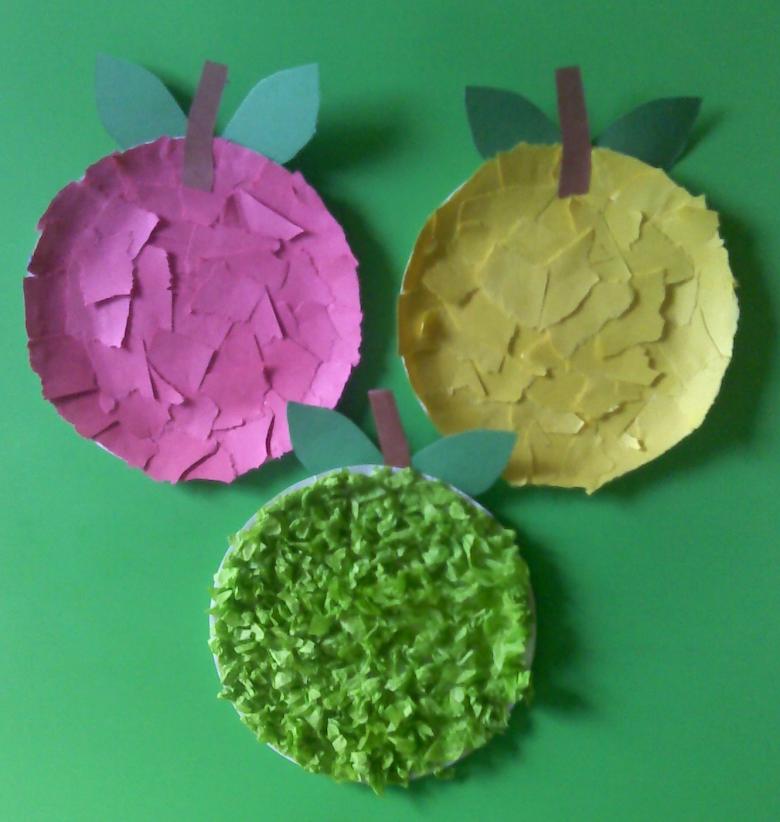
As a result of such activities in children develop such a skill as "objectification". In other words, they learn to see new sides to everyday objects. Thus, as well as when working with other materials, they learn design techniques.

After all, it is necessary not only to present an idea (to visualize), but also to combine in a single handicraft plot composition from various materials.
The result of all work is the creation of a three-dimensional figure.

This can be a cartoon character, a forest hut, a spring landscape. Thus preschooler manages to connect separate fragments, elements and parts into a single, whole image. Works in the style of applique are also unusual from plastic. This can be a kind of panel, collage.

Different techniques and their combinations are used in the works. So, an ordinary piece of absorbent cotton can become a fluffy cloud over a lake or a cap of reeds. Wings of a swan will be more voluminous if made of natural materials. And the waves of the pond can easily be brought to life with plasticine.

The benefits for children of making crafts in kindergarten are invaluable. Each lesson is a new experience, skills and knowledge. During creative work, not only the motor skills of the hands are developed, but also analytical thinking, eyeballing, imagination, and sensorics.

